
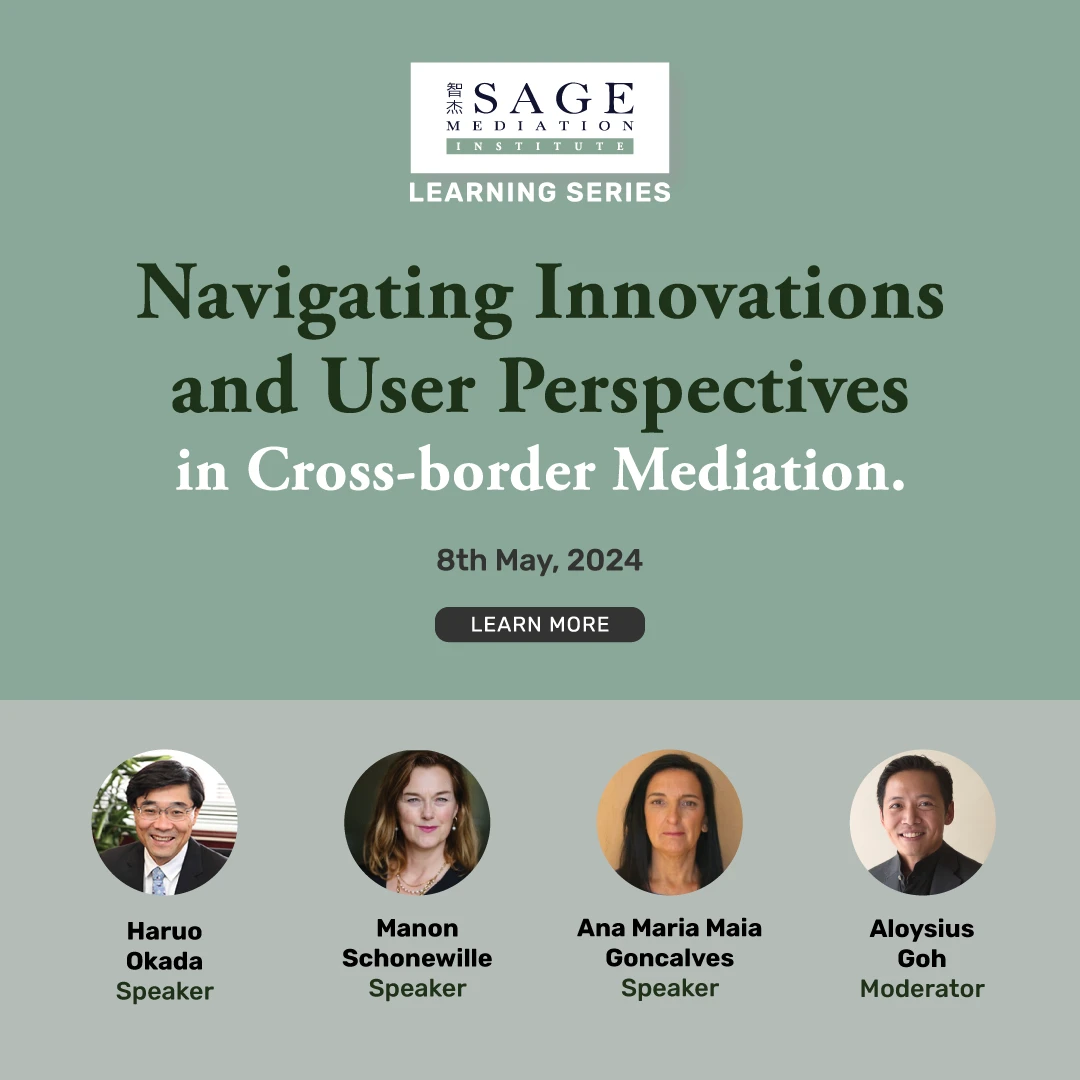
“A Dutch company is keen to resolve its commercial dispute with a Japanese counterpart. After more than a year of negotiations, patience is wearing thin on both sides. Everyone knows it’s time for third-party intervention. The dispute resolution clause in their business Agreement calls for arbitration in London. However, both sides are inclined to avoid the high costs and further acrimony. They are open to mediation but they do not know who is the right mediator, and how to organise a process that can lead to a meaningful and enforceable outcome.”
Cross-border commercial conflict dilemmas like this are happening daily, around the world. Besides a large number of mediators and mediation centres available, there are technology platforms, some driven by artificial intelligence, that offer many ways to resolve matters through mediation. However, lack of adequate reassuring information about mediation services, and awareness about best practices and legal implications has created confusion and scepticism amongst lawyers and their client.
To address some of these issues, and to take stock of some of the new developments around mediation, Sage Mediation organised a seminar on the 8 of May, 2024 in Singapore.. Around 50 persons took part in the hybrid seminar, with audiences joining the discussion from more than 10 different jurisdictions like Korea, Portugal, Philippines, Malaysia, India, and the Netherlands.
The Seminar, titled “Navigating Innovations and User Perspectives in Cross Border Mediation” featured a panel of experts on the subject from around the world:
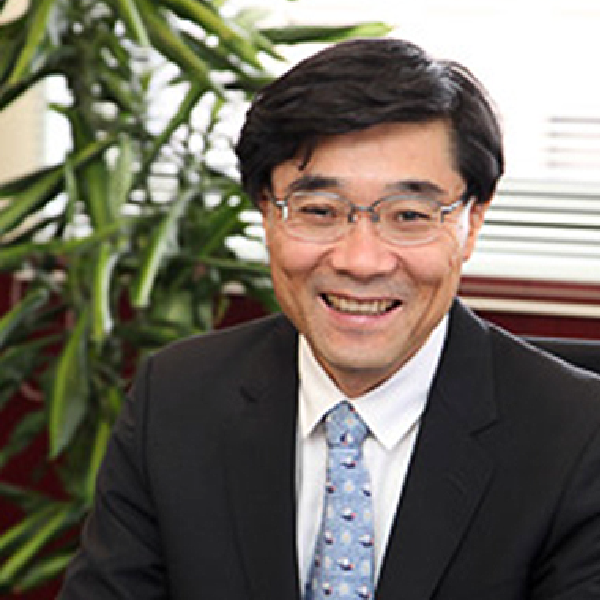
Haruo Okada
Speaker
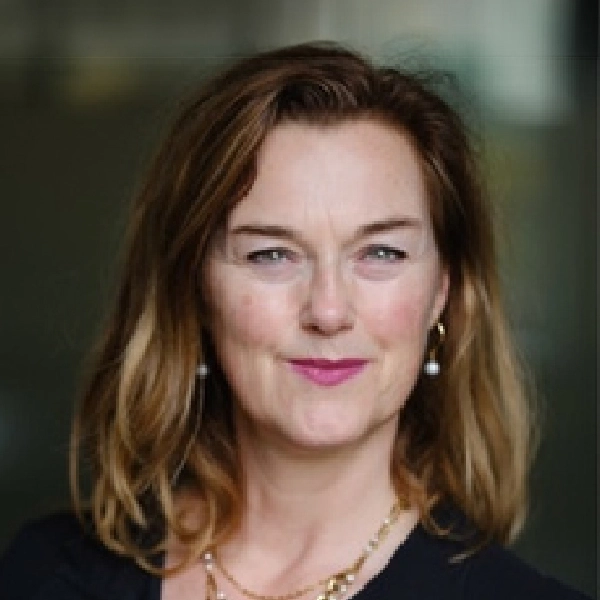
Manon Schonewille
Speaker
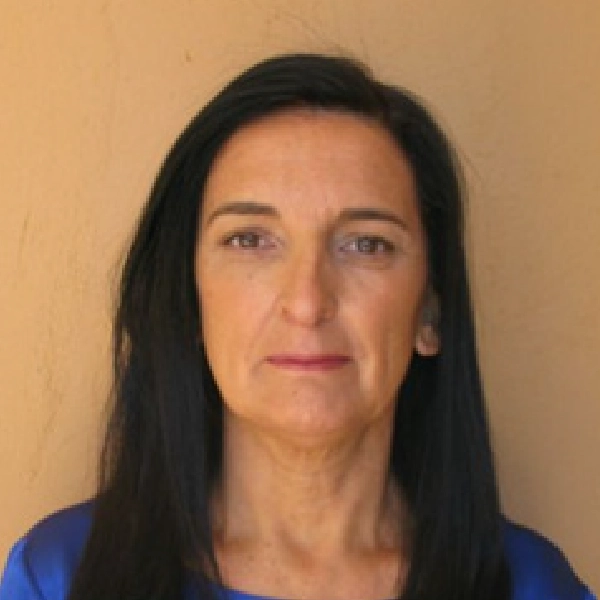
Ana Maria Maia Goncalves
Speaker
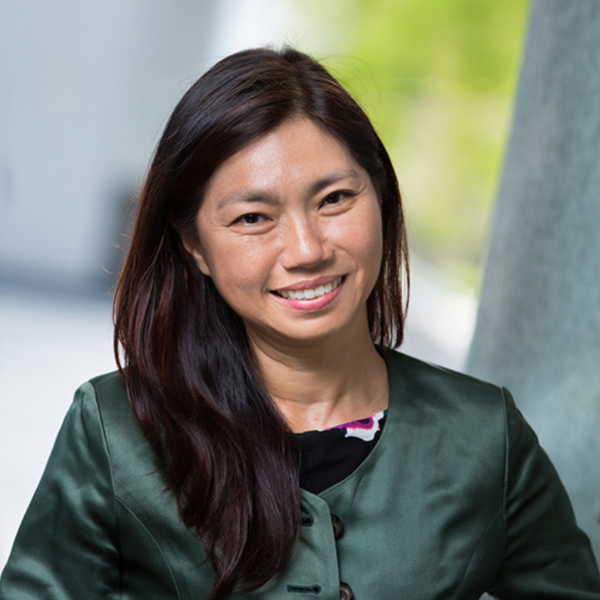
Spring Tan
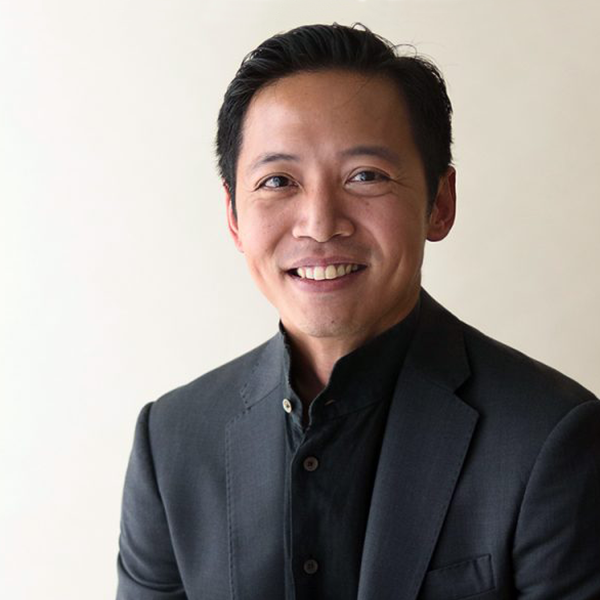
Aloysius Goh
Moderator
- Mr Haruo Okada, President of the Japan Association of Arbitrators (JAA);
- Ms Manon Schonewille, Founder of Mundi Mediatores, and Vice-Chair-elect of the International Mediation Institute (IMI);
- Ms Ana Goncalves, International Mediator, and Initiator of the Universal Disclosure Protocol for Mediation (UDPM);
- Ms Spring Tan, International Mediator, and Disputes Partner at Withers KhattarWong LLP; and
- Mr Aloysius Goh, Chief Executive Officer of Sage Mediation.
We are happy to share a summary of some of the key presentations and discussions at the seminar.
Japan – Poised to Accelerate Mediation Take-up Domestically and Internationally
On 1 April 2024, Japan ratified the UNCITRAL Convention on Mediation. Mr Haruo Okada shared, that with the Japanese government assuring users of the enforceability of Mediated Settlement Agreements (MSAs), Japanese mediators were hopeful that there will be increased adoption of mediation, and acceleration in the efforts to professionalise mediation practice in the country.
Mr Okada pointed out that commercial mediation was not new in Japan. Mediation was always aligned with the maintenance of harmony, an essential part of Japanese culture. However, at present, most mediations were court-annexed. Users appreciated the possibility of settled cases being converted to court orders. Mr Okada noted that with the Singapore Convention, MSAs from private cross-border commercial mediations would become enforceable, and interest in private mediations should pick up rapidly.
Nonetheless, the international community’s support is still required. Many Japanese corporations remain unfamiliar with mediation practices outside of Japan. To this end, for Mr Okada, the launch of the Japan International Mediation Centre in Kyoto (JIMC-Kyoto) and Japan’s ratification of the Convention were momentous milestones. For the first time, Japanese users would be able to access transparent mediation rules, Japanese-speaking mediators, and international mediators familiar with Japan’s context. He is hopeful that the quality of mediation services in Japan will improve and that Japan will become an important venue for mediation.
Making Sense of New User Perspectives and Developments in Mediation
Congratulating Mr Haruo on Japan’s accession to the Convention, Ms Manon Schonewille observed that Japan’s participation could generate a powerful momentum that will help speed up the signing and ratification of the Convention around the world, particularly among civil law jurisdictions in the European Union and beyond.
As a mediator, Ms Schonewille had encountered the “mediation paradox”: many clients professed that they wanted more of their disputes mediated, but when faced with disputes, they would end up choosing to litigate or arbitrate first. Resolving this led her to set up MM – a facilitator of mediations.
Ms Schonewille observed that the matters submitted for mediation were growing in complexity. With higher stakes, the challenges increased in getting sophisticated parties from different contexts to agree on a mediator and a common mediation process. Factors to consider went beyond time, cost and language. Mediation regulations and practice differed across jurisdictions. It was important hence that parties could quickly and effectively identify a mediator who was able to understand and respect the different values of the parties.
In response to a question during the Q&A session, Ms Schonewille noted that it will be increasingly difficult to uphold trust between parties, in light of the speed of economic and technology developments today.
With aggravated structural inequality in many societies and heightened competition, disputes would occur with greater frequency and have more severe impact on individuals and organisations. It will help, if dispute resolution specialists such as mediators and mediation advocates avoid binary thinking when helping clients design the optimum dispute resolution process. It will help, if they find ways to integrate collaborative and adversarial processes, because each process has a purpose and advantage.
What is Ethical and Ideal as a Professional Practice Standard
Ms Ana Goncalves noted that the Singapore Convention had increased the legitimacy of mediation by making clear that the mediated settlement agreement was enforcement (enforceable?). This, coupled with the flexibility of the mediation process was likely to make mediation a popular dispute resolution method. To sustain mediation’s credibility, professionals from all jurisdictions must continually clarify and agree on the definition of mediation and what constitutes ethical conduct. It was for this reason that she put together the Universal Disclosure Protocol for Mediation (UDPM).
UDPM reminded professionals to make known to parties confidentiality, conflict of interest, the mediation process design, the role of the mediator and the parties, any use of technology, and the choice of the mediation venue. Clarity and transparency on these six elements, would put in place a strong foundation for mediators to manage parties who were confronted with high stakes cross-border disputes.
In response to audience questions, Ms Goncalves clarified that while the UDPM was a separate protocol in itself, it also sought to knit together different professional mediator conduct codes. With more jurisdictions developing their national codes, initiatives to simplify and universalise mediation practice are important. The UDPM reminded professionals that we need to balance customisation with the creation of a shared global definition for mediation.
In Conclusion: Accelerating Evolution and Diversification
The vibrance of international mediation practice was powerfully felt during the question and answer segment of the seminar. From South Korea to Portugal, practitioners were eager to learn what was happening and changing in mediation around the world, so that their own infrastructure and practice could be updated.
Coming back to the Dutch company and its Japanese counterpart, and to all the companies who are in dispute anywhere in the world, and who want to resolve their disputes quickly and effectively, it is important for them to know and to understand, that we mediators are working together, to encourage dialogue and innovation in mediation processes and protocols, that will work to their advantage.

